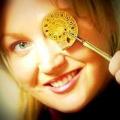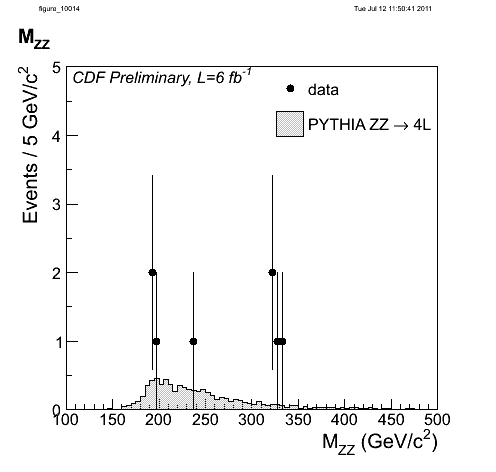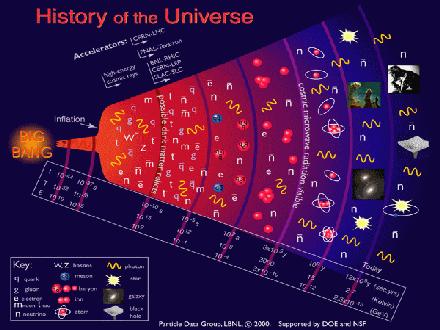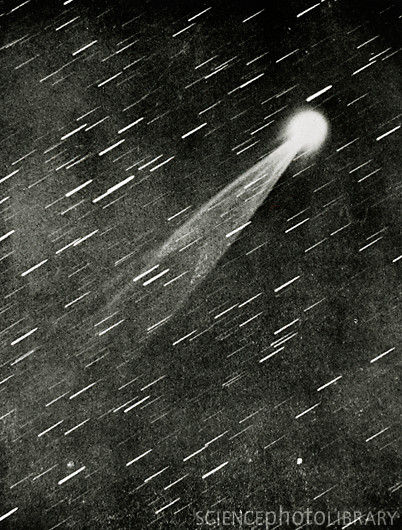 On A Roll
On A RollWhat? Another boring chess game?Buzz off, this is my blog, and if I feel like posting a chess game...
 When The Attack Plays Itself
When The Attack Plays ItselfAfter a very intense day at work, I sought some relaxation in online blitz chess today. And the...
 Toponium Found By CMS!
Toponium Found By CMS!The highest-mass subnuclear particle ever observed used to the the top quark. Measured for the...
 The Problem With Peer Review
The Problem With Peer ReviewIn a world where misinformation, voluntary or accidental, reigns supreme; in a world where lies...







 Fabrizio Tamburini (left) is an old friend - I have known him since 1976, when we both used to attend the gatherings of the newborn Associazione Astrofili Veneziani, at the Lido of Venice. The love for astronomy had brought us together, but we took different paths in our scientific activities. Fabrizio remained maybe more faithful to his old love for the universe, and is now a well-known and respected astrophysicist, who studies original ideas in the physics of photon propagation and more. I repeatedly invited him to write about his research here, but so far he has not accepted, mainly for lack of time... But I am sure he will soon.
Fabrizio Tamburini (left) is an old friend - I have known him since 1976, when we both used to attend the gatherings of the newborn Associazione Astrofili Veneziani, at the Lido of Venice. The love for astronomy had brought us together, but we took different paths in our scientific activities. Fabrizio remained maybe more faithful to his old love for the universe, and is now a well-known and respected astrophysicist, who studies original ideas in the physics of photon propagation and more. I repeatedly invited him to write about his research here, but so far he has not accepted, mainly for lack of time... But I am sure he will soon. 
